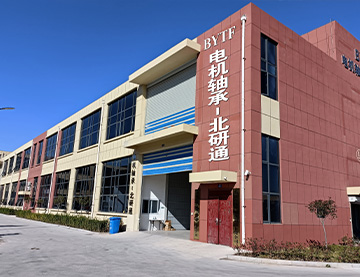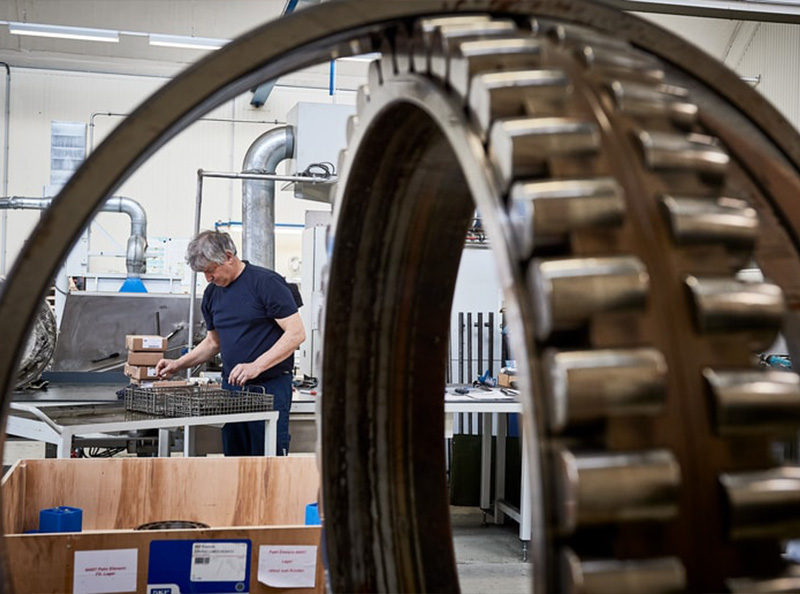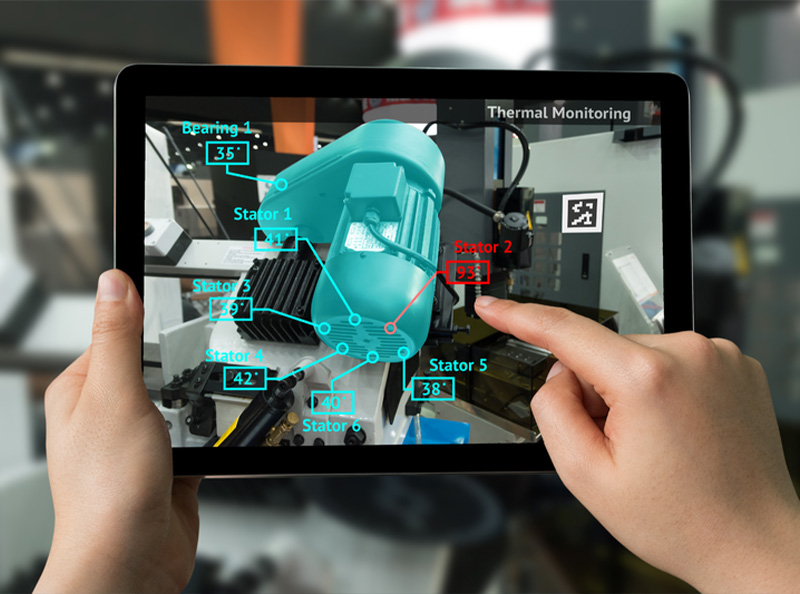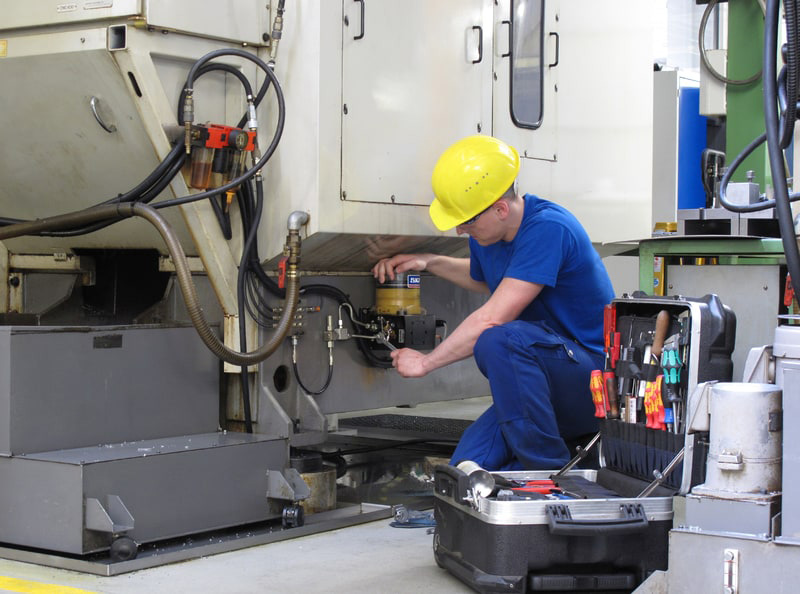Industrial fan
Bearings play a key role in supporting and guiding rotating parts, reducing friction and resistance during the operation of industrial fans, and are indispensable components to ensure stable operation of fans. The following are the applications of several common bearings in industrial fans:
Deep groove ball bearing
Structural composition: mainly composed of inner ring, outer ring, steel ball and retainer. The inner ring is closely matched with the shaft, and the outer ring is installed in the bearing seat. The steel balls roll between the inner and outer ring raceways. The retainer evenly separates the steel balls to avoid mutual collision and friction.
Performance characteristics: it can adapt to high speed and bear large radial load. The friction coefficient is relatively small and the rotation accuracy is high, which can effectively reduce the energy loss and maintain stable operation at high speed.
Application position: commonly used for impeller shaft and drive shaft of industrial fan. The impeller shaft can support the impeller to rotate at high speed, resist the load caused by airflow impact and impeller imbalance in radial direction, and ensure the impeller to rotate stably; On the drive shaft, it can help the motor to transmit the power to the fan impeller stably and efficiently, and reduce the energy loss in the transmission process.
Thrust ball bearing
Structure: composed of bearing seat, bearing washer and steel ball. The bearing pedestal is an integral structure foundation, and the bearing washers are respectively placed on both sides of the steel ball to position and bear the axial load.
Performance characteristics: the main advantage is that it can withstand large axial load, but the rotating speed is relatively low. Its structure is designed to transmit the load to the steel ball under the action of axial force, so as to achieve stable support in axial direction.
Application location: commonly used for bearing support of wind blades in industrial wind turbines. When the fan blade is subject to axial airflow thrust, the thrust ball bearing can provide reliable support to prevent the fan blade from displacement in the axial direction, maintain the normal operation of the fan blade and ensure the stability of the fan airflow transmission.
Tapered roller bearing
Structure: composed of inner ring, outer ring, roller and cage. The rollers are tapered, the inner and outer races are conical surfaces, and the retainer makes the rollers orderly arranged.
Performance characteristics: Capable of bearing radial and axial loads at the same time, applicable to working conditions of high speed and large load. Its unique conical structure design can reasonably distribute the load to each component when bearing the composite load, effectively improving the bearing capacity and operation stability.
Application location: it is usually used as the main bearing of industrial fan. When the fan is running, the main bearing needs to bear the complex load from impeller, transmission system and other aspects. With its strong bearing capacity and good high-speed performance, the tapered roller bearing can effectively cope with these loads and ensure the reliable operation of the fan.
Spherical Roller Bearings
Structure: composed of inner ring, outer ring, roller and cage. The roller is of drum shape, and the raceway of inner and outer rings is spherical. This special structure gives it a certain centering function.
Performance characteristics: it can maintain stable operation under deviation or irregular load, and it is applicable to working conditions bearing large load and vibration. In case of misalignment and vibration of the shaft during the operation of the fan, the self-aligning roller bearing can be adjusted automatically to compensate the axial deviation and ensure the normal operation of the bearing.
Application location: commonly used for drive shaft of industrial fan. If the drive shaft is out of alignment or subject to impact vibration to a certain extent due to installation error, foundation deformation or external vibration during operation, the self-aligning roller bearing can play a self-aligning role to ensure stable operation of the fan drive system and reduce bearing wear and equipment failure risks caused by misalignment or vibration.






Leave Reply